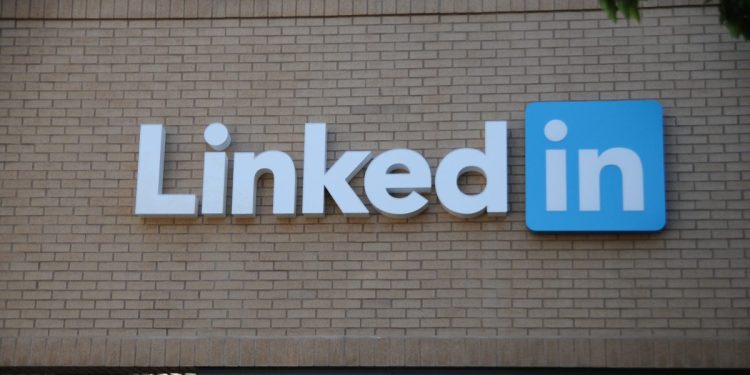Mere hours after the beta launch of LinkedIn Live, an invite-only video broadcast service for conferences and events, LinkedIn took the wraps off a new product geared toward recruiters and job seekers. This morning, the Microsoft subsidiary previewed the Intelligent Hiring Experience, a dashboard that collates LinkedIn’s existing hiring suite — comprising LinkedIn Recruiter, LinkedIn Jobs, and Pipeline Builder — in a streamlined, built-from-the-ground-up interface.
The new feature is scheduled to launch in late summer 2019 with over 15 product enhancements, several of which will roll out in the coming months.
“[There are] simply more people on LinkedIn looking for jobs [than] there ever have been,” John Jersin, vice president of Talent Solutions and Careers at LinkedIn, told reporters during a dial-in conference on Monday. “This new platform will allow all of [our] products to learn from each other so that matches in each system get more intelligent as you use our various products. And the new interface that we built on this platform will make it seamless to move from one step in the hiring process and one product straightaway to another.”
Among the highlights are Recommended Candidates, a feature that learns the hiring criteria for a given role and automatically surfaces relevant candidates in a dedicated tab. The suggestions improve over time, LinkedIn says, as recruiters engage — or choose not to engage — with would-be employees among LinkedIn’s more than 610 million members.
June 5th: The AI Audit in NYC
Join us next week in NYC to engage with top executive leaders, delving into strategies for auditing AI models to ensure fairness, optimal performance, and ethical compliance across diverse organizations. Secure your attendance for this exclusive invite-only event.
LinkedIn says its AI-driven search engine leverages three core datasets in ranking results: the kinds of things people post on their profiles or recruiters write in job descriptions; searches that candidates and would-be employers perform, along with people and job listings they click on; and inferred characteristics, like skills a person might not have listed on their profile but which they likely learned in a previous job. Combined, these produce predictions for best-fit jobs and job seekers.
“[We’ll be able] to automatically generate a search for our customers based on the criteria that they define. [Job posts] will be able to produce a set of recommended matches based on a set of technology investments that we’ve made to help us learn in real time from what recruiters are doing on our platform, from who they’re interacting with,” Jersin explained. “[We’ve focused] a lot of the new recommendations — AI and machine learning are improving the match rate between job seekers and opportunities.”
Also on tap with the Intelligent Hiring Experience is Shared InMails, which enable recruiting team members to view candidate correspondences and add notes, annotations, and coworker mentions. There is also a “bulk reject” feature that allows recruiters to send a single applicant (or a group of applicants, as the case may be) the disappointing news, along with a personalized message. Additionally, there’s a slide-in profile feature under the Recruiting tools tab that makes it easier to view candidate profiles and pin notes, and Instant Job Notifications, which send push notifications to qualified candidates who’ve indicated that they’re actively looking for good fits.
“One of the top insights that we’ve heard from job seekers is that they want fresh jobs as soon as they’re posted. So we’re taking our job database updates into real time,” Jersin added. With Instant Job Notifications, posting a job “will send qualified candidates that match that job a real-time notification that they’ll be able to click [on] in the first minutes of that job being posted online, and start applying immediately.”
Employers are likely to embrace tools that promise to reduce the headache of traditional recruitment. Bringing on a worker costs businesses about $4,129, according to a report published by the Society for Human Resource Management. And in sectors like health services and financial services, it takes on average between 44 and 50 working days to find a qualified candidate.
“The overall thing that we’re doing much, much better and that we’re going to continue focusing on is improving the quality of the matches that we recommend or [that] show up in search results,” Jersin said, “and what this means for recruiters is that they will see more qualified candidates … showing up in search results. [W]hat it means for job seekers is they’ll spend less time applying to jobs that are not going to work out for them — jobs that either they’re not going to be qualified for or they’re not ending up interested in at some point in the process.”
Today’s news follows the launch of LinkedIn’s new applicant tracking system, Talent Hub, and an updated Recruiter platform and skills insights in LinkedIn Learning. In early 2018, LinkedIn rolled out a feature that shows prospective job candidates what their commute time for a specific role would be before they apply, and a tool that enables job seekers to request referrals from someone they know at a company before applying to a role.


